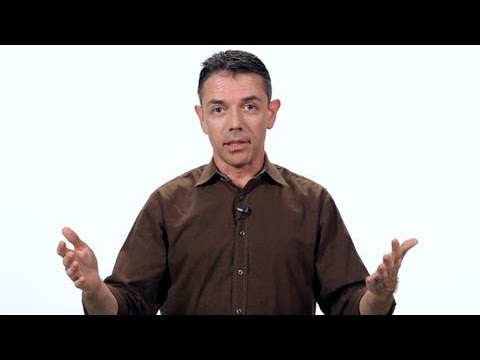The Impact of Social Networks on Health Behaviors
Summary
Social networks can have a significant impact on people’s health behaviors. This impact can be observed in the example of smoking cessation, where network clusters can affect the success of efforts to reduce smoking rates. The way individuals leave a social network can also affect the distribution of health behaviors across the population. In this article, we explore the relationship between social networks and health behaviors, and how understanding this relationship can lead to more effective public health interventions.
Table of Contents
- The Link Between Social Networks and Health Behaviors
- Smoking Cessation as an Example
- The Role of Network Clusters
- The Two Scenarios of Leaving a Social Network
- Implications for Public Health Interventions
Introduction
As researchers, we have been intrigued by the impact of social networks on health behaviors. People’s health behaviors are strongly influenced by their social networks, and understanding this influence is crucial for developing effective public health interventions. In this Q&A article, we will explore the relationship between social networks and health behaviors, and how it affects public health.
The Link Between Social Networks and Health Behaviors
Q: Can you explain the link between social networks and health behaviors?
A: Sure. Social networks have a significant impact on people’s health behaviors. People tend to share health behaviors with those in their social networks, whether they are positive or negative behaviors. For example, if someone sees their friend or family member eating healthily and exercising regularly, they are more likely to adopt those same behaviors themselves. On the other hand, if someone sees their friend or family member smoking, they are more likely to start smoking themselves.
Q: Why is this the case?
A: Humans are social creatures, and we tend to model our behaviors on those around us. We also tend to seek validation and acceptance from our peers. So if our peers engage in certain health behaviors, we are more likely to do the same in order to fit in and gain acceptance.
Smoking Cessation as an Example
Q: Can you provide an example of how social networks can affect health behaviors?
A: One of the most studied examples is smoking cessation. For several decades, there was a successful effort to reduce smoking rates in the population. However, the success rate stalled at around 20%, and it became difficult to get any lower. This is where social networks come into play.
The Role of Network Clusters
Q: Can you explain how network clusters can affect health behaviors?
A: In the case of smoking cessation, research suggests that smokers are often clustered in networks that are not connected to non-smokers anymore. This means that non-smoking cannot be a contagious behavior, as non-smokers in a network cannot catch it from smokers. This is different from the scenario where non-smokers and smokers are more intermixed within a network, increasing the chances of non-smokers influencing smokers to quit.
The Two Scenarios of Leaving a Social Network
Q: How can the way people leave a social network affect health behaviors?
A: There are two scenarios for how people leave a network, which can have different impacts on the distribution of health behaviors. In the first scenario, individuals leave the network in a smooth, homogeneous decline in a behavior. For example, everyone has a stochastic probability of quitting smoking, and over time, the number of smokers at any given time declines throughout the population. In the second scenario, whole groups of smokers who are interconnected quit simultaneously, leaving one common network. This creates a situation where those who continue smoking are less likely to be influenced by non-smokers.
Implications for Public Health Interventions
Q: What are the implications of this research for public health interventions?
A: Understanding the impact of social networks on health behaviors can help public health officials design more effective interventions. For example, instead of targeting individuals, interventions can be designed to target whole social networks or network clusters to encourage health behaviors. This requires a deeper understanding of the structure and dynamics of social networks, and how they can be leveraged to promote health behaviors.
Conclusion
Social networks have a significant impact on people’s health behaviors. Understanding this impact is crucial for developing effective public health interventions. By targeting social networks and clusters, public health officials can promote positive health behaviors and discourage negative ones. As we continue to study the link between social networks and health behaviors, we can uncover more insights that will improve public health outcomes.







